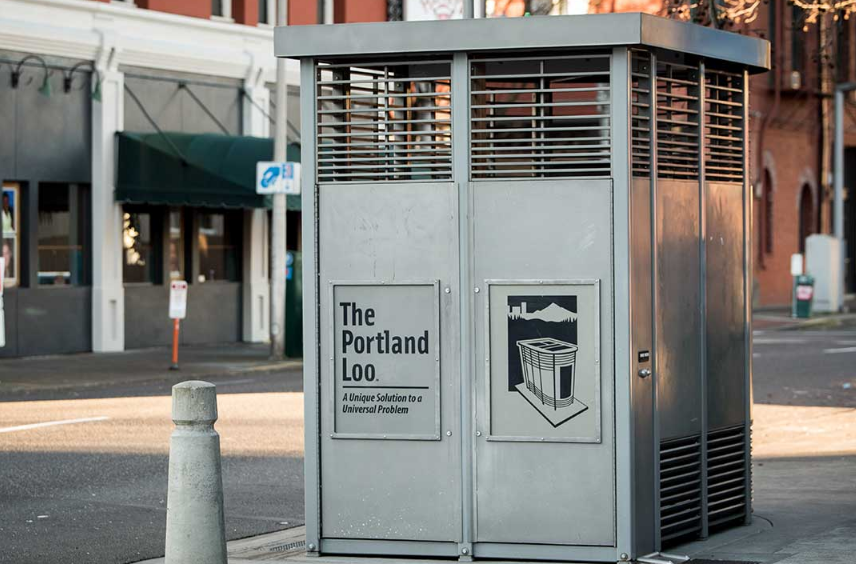The Future Of Tourism Is Public Toilets Image courtesy of City of Denver
There’s nothing that can ruin a great tourism experience quite like the intense need to go to the bathroom. That’s why officials in some U.S. cities are trying to figure out how to provide more public restrooms: If tourists have a place to go when they need to, they may be more likely to visit — and spend money — in those cities.
Roving toilets
For example in Denver, city officials have embarked on their own version of China’s toilet revolution, by introducing two mobile restrooms in the hope that giving people a place to do their bathroom business will not only help keep the city cleaner, but increase foot traffic and tourism.
Each toilet truck has three stalls, lights, running water, and flushing toilets. An attendant monitors the restrooms, cleaning up between uses, keeping any eye out for any illicit activity. The city also provides an online map so people can see where the roving bathrooms are on any given day.
“We’re encouraging people to walk and bike and use transit and it just makes sense then to offer a public restroom as well in these places where people are gathering,” Angela Casias, legislative services manager for the Denver Department of Public Works tells Stateline. “[We’re] trying to have a positive impact on all kinds of people.”
Denver officials say it seems to be working: They’re receiving fewer complaints about fecal matter in the areas where these mobile toilets roam, and that use is split between tourists, folks who work downtown, and homeless people.
The loo stands alone
In Portland, OR, standalone steel bathroom stalls — The Portland Loo — dot city sidewalks, and are connected to the city’s sewage and water system. They’re “designed to be durable in an urban setting,” with stainless steel construction and a graffiti-resistant finish.
Because these stalls don’t have an attendant, however, they’re open at the bottom and the top in an effort to dissuade folks from doing drugs inside or engaging in other unapproved uses.
“You don’t have complete privacy, and it’s not supposed to be comfortable,” Evan Madden of Portland Loo explained to Stateline. “It’s cold, sounds pass through and everything.”
Other cities like San Antonio, San Francisco, and Seattle have tried out similar bathroom systems, notes Stateline.
Giving folks a place to go can provide peace of mind, public restroom advocates say.
“Knowing that there’s a restroom there supports you physically and puts your mind at ease,” Carol McCreary, program manager for Public Hygiene Lets Us Stay Human (PHLUSH), tells Stateline. “People will not congregate in multigenerational groups in public space unless the restroom is there.”
Want more consumer news? Visit our parent organization, Consumer Reports, for the latest on scams, recalls, and other consumer issues.


